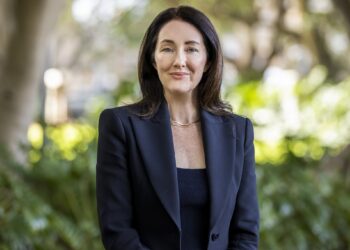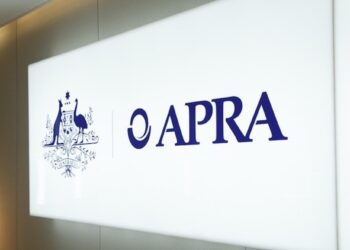The Australian Institute of Superannuation Trustees (AIST) has suggested a few "minor" improvements to draft prudential standards on eligible rollover fund (ERF) transitions.
AIST said the transition plan should be extended to include all data held by the transferring ERF and not just the data which identifies individual members.
It said there was an implied obligation on trustees to seek to reunite members with an active account which could only be properly fulfilled by assessing all data held by the trustee.
"For example, information identifying a member's original fund is often a valuable tool in identifying a lost member, where insufficient additional information is available to identify a member's account," it said.
The industry body acknowledged that data quality was not great in ERFs but said the majority of birth dates were probably accurate. Where the birthdate was not knowk, AIST suggested giving the member a nominal age of 18.
Amendments were also necessary to remove the requirement to provide insurance (unless merged with another account) for ERF products that were transferred to a MySuper product under the standard, according to AIST.
It said it supported consideration of transition to another ERF but was ambivalent about the exclusion of MySuper using a lifecycle model.




